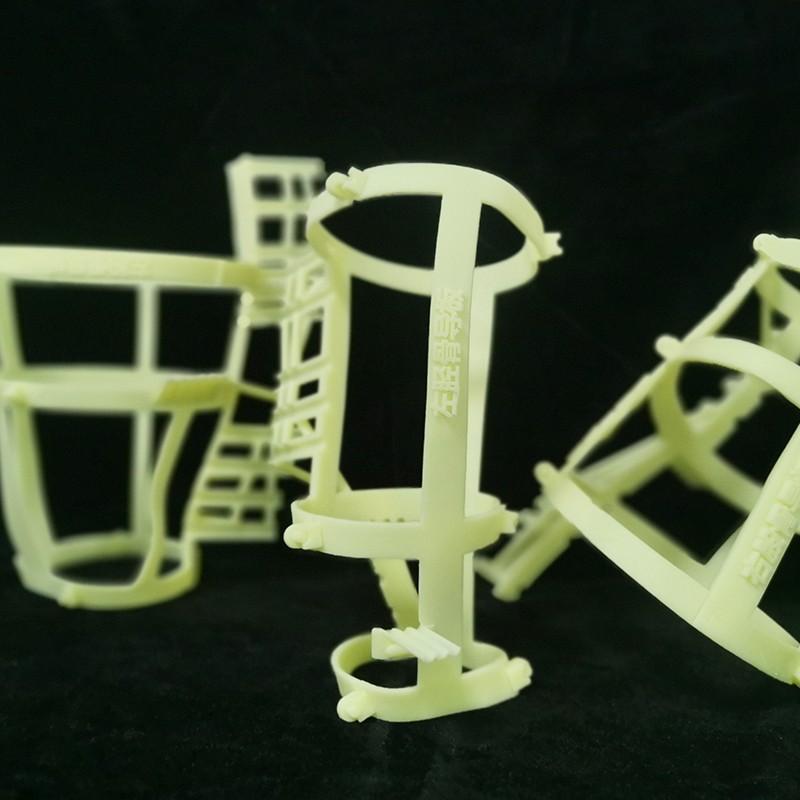3D printed child protective gear refers to medical assistive devices tailored for children using 3D printing technology, such as corrective insoles, orthotics, wrist guards, knee pads, etc. These protective gears are designed to provide children with better support and comfort while promoting their rehabilitation process.

Advantages
Personalized customization: 3D printed protective gear can be customized according to the specific physical data and needs of each child, providing the best fit and comfort.
Reduce discomfort: Compared with traditional protective gear, 3D printed protective gear is lighter and more breathable, reducing friction and discomfort.
Improve rehabilitation efficiency: Customized protective gear can more effectively support children's rehabilitation process and promote treatment effects.
Disadvantages
Cost: The cost of 3D printing equipment and materials may be relatively high, especially for high-quality and medical-grade materials.
Technical threshold: Designing and making 3D printed protective gear requires professional technology and knowledge, and not all medical institutions are capable of providing this service.
Durability: Some 3D printing materials may not be as durable as traditional materials and need to be replaced or maintained regularly.
Practicality
3D printed children's protective gear has high practicality in the medical field, especially in the fields of pediatric orthopedics, rehabilitation medicine, etc., which require personalized treatment plans. They can provide effective auxiliary treatment for children with bone deformities, sports injuries or other conditions that require external support.
Focus:
Sports ability stratification
1-3 years old sports ability indicators: mechanical standing, running, jumping and walking.
3-4 years old sports ability indicators: whether forward, backward or up and down stairs, their movements are very flexible. When starting to walk in a standing position, the shoulders are back, the abdominal muscles are inward, and the regular heel-toe movement method is adopted. The width, length and speed of the steps are uniform, and it is also easy to ride a tricycle.
When the child stands up from a squatting position or catches a ball, it is still very difficult to stand on tiptoe or on one foot. Like active games such as: tag games, catching or playing with other children. The child's self-control, judgment and coordination at this time are still in the development stage.
4-5 years old sports ability indicators: already have adult coordination and balance. It can be seen that the child walks and runs with great and powerful confidence, goes up and down stairs without holding the railing, rotates in a circle, and the muscle strength is strong enough to complete some challenging tasks, such as somersaults and standing long jumps.
Sports ability is still ahead of judgment ability.
5-6 years old sports ability indicators: the judgment of spatial relationship is very accurate, the development of the nervous system is close to the final stage, the body can be well controlled, the hands and feet are flexible, the movement is more intense than before, and it is not easy to fall.
Suitable sports stratification
Suitable for sports within 3 years old: standing, running, jumping and walking
Suitable for sports at 3 years old:
Rope skipping: helmet, wrist and ankle protectors
Kicking: helmet, wrist and ankle protectors
Suitable for sports at 4 years old:
Climbing up and down: wrist and ankle protectors
Swimming: swimming cap, swimming ring
Dancing:
Suitable for sports at 5-6 years old:
Walking:
Ball games: wrist and ankle protectors
Biking: helmet, wrist and ankle protectors.
Knee pads
Depending on the function, knee pads are basically divided into two categories.
One is the thicker one commonly seen in physical stores, with a large hole in the front to expose the knees, which is generally tied and fixed with Velcro. This type of knee pad can prevent the knee from bending easily after being tied tightly, and the thigh and calf are always in a straight line with the knee. Therefore, it is very suitable for heavy "braking" after a knee injury. However, due to the airtightness of its material, it is not easy to use for daily knee protection. The other type is a thin knee pad that is put on the knee. It has a certain degree of elasticity. After wearing it, the knee can still move freely, but you can obviously feel that the patella is slightly tightened. This kind of knee pad with light braking can be used to protect the knee during daily exercise. Moreover, this knee pad has very good breathability, and you will not feel any inconvenience when wearing it. Therefore, it is recommended to use this kind of knee pad with light braking to protect the knee during daily sports activities.
Copyright © 2025 Design by Gaojie Model | Sitemap